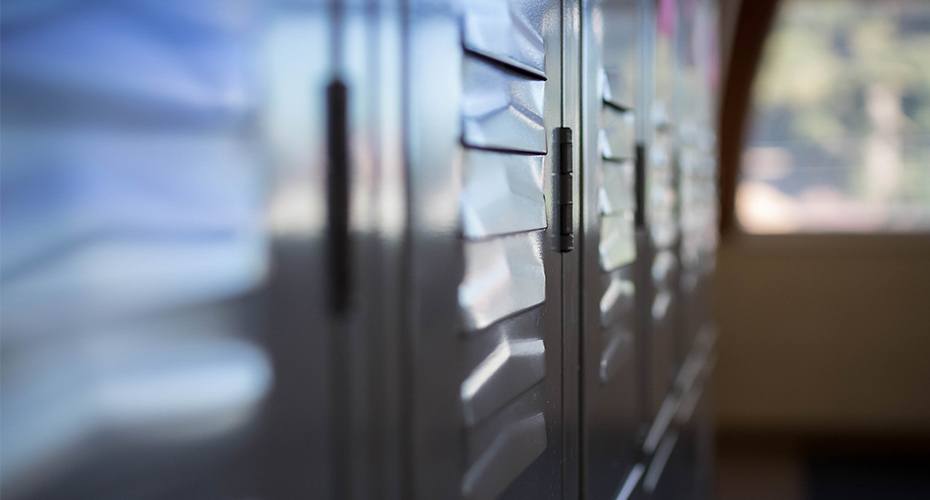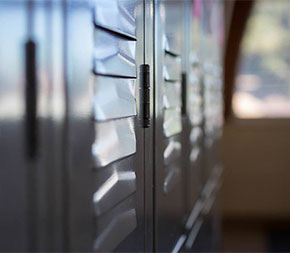Middle School vs. High School Teaching Jobs: What’s the Difference?

by All Star Staff


If you love educating young people and enjoy introducing them to the wonders of the specific subjects you are passionate about, you might make a great high school or middle school teacher.
Secondary education teachers work in middle schools, junior high schools and high schools throughout the country, imparting their subject-focused knowledge and expertise to students aged 11 to 18.
From Art to AP biology, whatever your interest, there is a secondary school that needs qualified teachers who can enrich and inspire its students.
Middle School Teacher Positions
Middle school teachers serve the youngest of America’s secondary students. The concept of middle school began as a response to the new junior high school movement of the early 1900s.
Middle school supporters resist junior high school’s autonomous, challenging structure and instead stress the need for 6th through 8th graders to experience a more gradual and group-focused transition from elementary to high school.
Middle school teachers at any given school generally make up a cohesive team that works with a specific group of students throughout the day.
Each middle school teacher leads different classes, but multiple teachers often work together to create an integrated learning experience for the students. Daily homerooms are often utilized by middle school teachers to foster a sense of belonging and give students a supportive foundation on which to build their day.
Public middle school teaching jobs include classroom teachers in core subjects, such as math, science, social studies and English, as well as some of the following positions:
High School Teacher Jobs
Also called senior high schools, high schools in the U.S. typically serve grades 9 through 12-the school years included when calculating grade point average (GPA) and counted toward college entrance criteria.
High schools typically fit into one of four classifications: vocational high school, alternative high school, college preparatory high school or general high school. As a group, general high schools vastly outnumber the others, but each serves a distinct purpose in the education of our youth:
Vocational High Schools: Less popular in the U.S. than in other countries, these schools offer job-specific training for those students who do not plan on pursuing college-level studies.
Alternative High Schools: These schools offer nontraditional teaching methods and a more flexible schedule for students who do not thrive in a general high school setting.
College Preparatory High Schools: Often privately run, these schools are designed to prepare students for college by offering a challenging atmosphere, advanced placement (AP) courses and International Baccalaureate (IB) programs.
General High Schools: General high school teacher jobs are highly specialized and are held by educators who are well-trained and certified to teach specific subjects. Each teacher is often responsible for a single classroom from which they teach a number of different classes throughout the day.
The Rewards of a Secondary Teaching Job
Middle school, junior high and high school teacher jobs can be challenging because the students in this age group are undergoing tremendous changes as they rapidly mature into young adulthood. That can sometimes mean tumultuous and volatile emotions…and behavior.
However, teachers who can stimulate curiosity and initiate exploration can have an immense impact on these students. An effective and influential secondary teacher can help his or her students find a subject and even a career they will love, and the immeasurable satisfaction this provides is often that teacher’s real reward.



